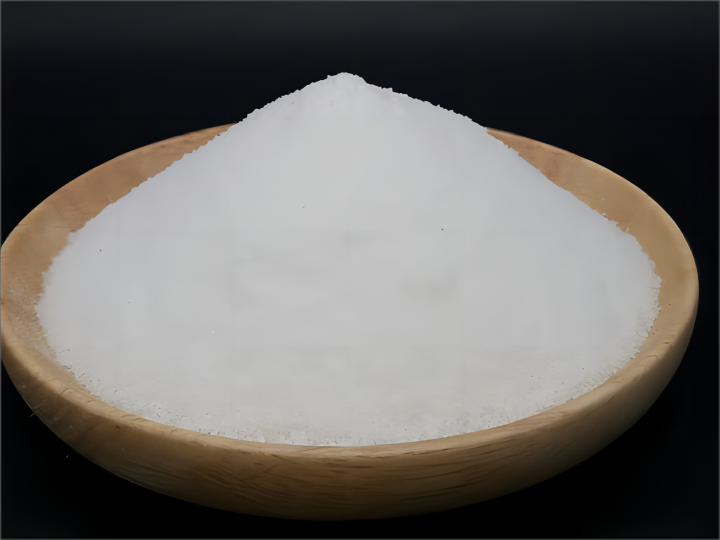
Privacy statement: Your privacy is very important to Us. Our company promises not to disclose your personal information to any external company with out your explicit permission.
Select Language
2.Dyeing industrial wastewater. There are differences in fiber types, dye types and concentrations, auxiliaries and proportions, industrial wastewater pollution levels, etc., mainly organic dyes and surfactants, alkaline COD and BOD is high but less suspended matter;

6.Bleaching industrial wastewater. High water content and light pollution;
7.Removal of process industrial wastewater. Mainly contains fiber chips, resin, formaldehyde, oil and slurry, a small amount of water.

Gelatine has a wide range of uses, but the wastewater produced by gelatine production still needs to be treated. According to the gelatine production method, we know that gelatine is mainly produced...
Rubber Auxiliaries and performance modifiers play different roles in the production of Rubber Products. Although they can both improve the performance of rubber products, there are some differences...
Winter is here, the weather has become cold, the temperature is getting lower day by day, no matter how bad the environment is, our Sewage Water Treatment operation can not be stopped, but in the...
Water Treatment Agents, whether solid or liquid, whether flocculants or Polymeric Aluminium Chloride, or polymeric ferric sulfate, titanate isopropyl ester hydroxyaluminum, all of them have a...
Email to this supplier

Privacy statement: Your privacy is very important to Us. Our company promises not to disclose your personal information to any external company with out your explicit permission.

Fill in more information so that we can get in touch with you faster
Privacy statement: Your privacy is very important to Us. Our company promises not to disclose your personal information to any external company with out your explicit permission.